We've found 558 matches for your search. Order by
Results
-
 £24.95
£24.95I Vow To Thee My Country (Brass Band - Score and Parts) - Holst, Gustav - Steadman-Allen, Ray
This noble tune was originally part of the 'Jupiter' movement of 'The Planets' suite and now also appears as a hymn tune called 'Thaxted'.
Estimated dispatch 7-14 working days
-
 £12.50
£12.50I Vow To Thee My Country (Brass Band - Score only) - Holst, Gustav - Steadman-Allen, Ray
This noble tune was originally part of the 'Jupiter' movement of 'The Planets' suite and now also appears as a hymn tune called 'Thaxted'.
Estimated dispatch 7-14 working days
-
 £37.95
£37.95I VOW TO THEE, MY COUNTRY (Brass Band) - Holst, Gustav - Sparke, Philip
.
Estimated dispatch 7-14 working days
-
 £50.90
£50.90TO MAKE YOU FEEL MY LOVE (Tenor Horn with Brass Band) - Dylan, Bob - Wormald, Christopher
Tenor Horn Solo with Brass Band. Grade Easy
Estimated dispatch 7-14 working days
-
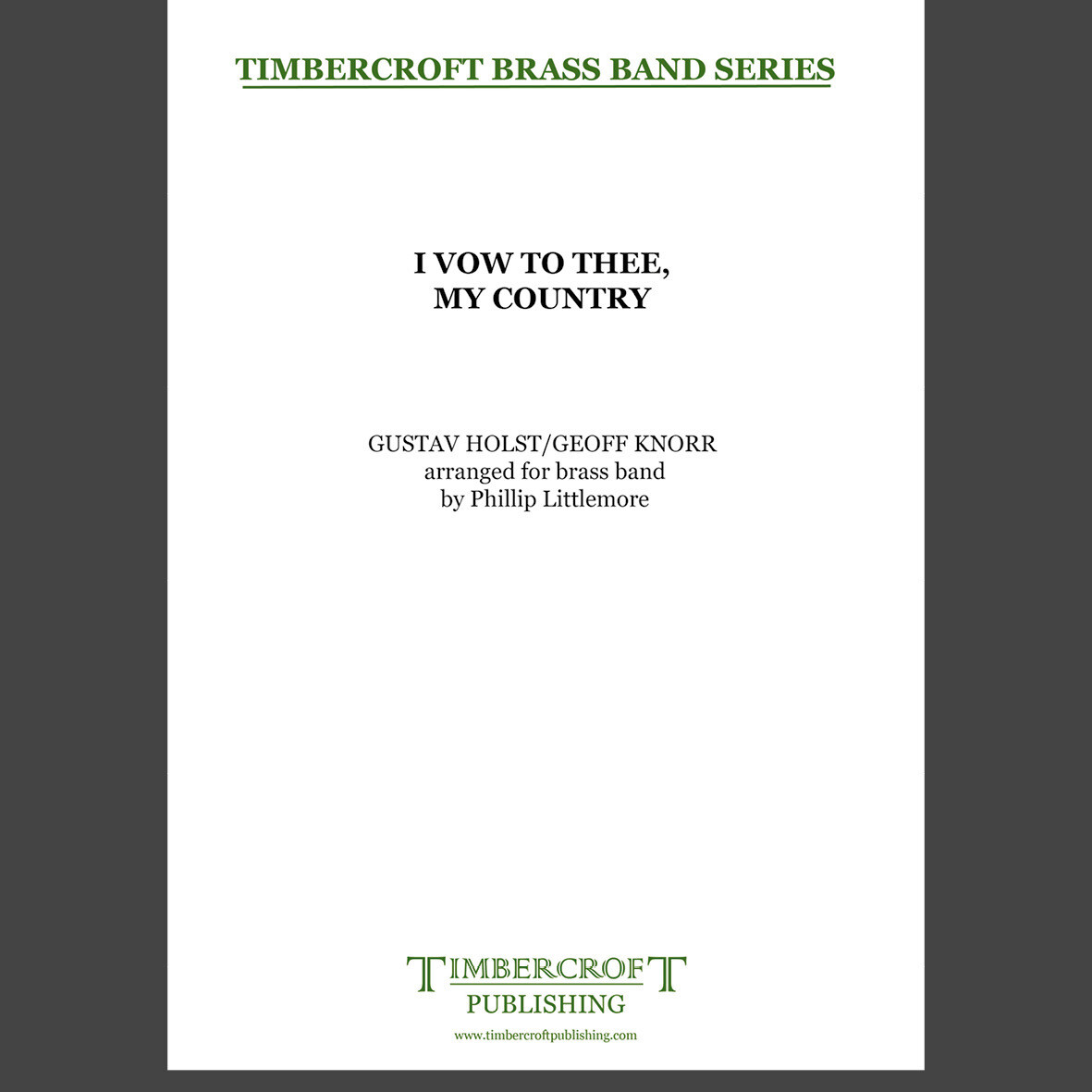 £35.00
£35.00I Vow To The, My Country - Gustav Holst/Geoff Knorr arr. Phillip Littlemore
Estimated dispatch 5-7 working days
-
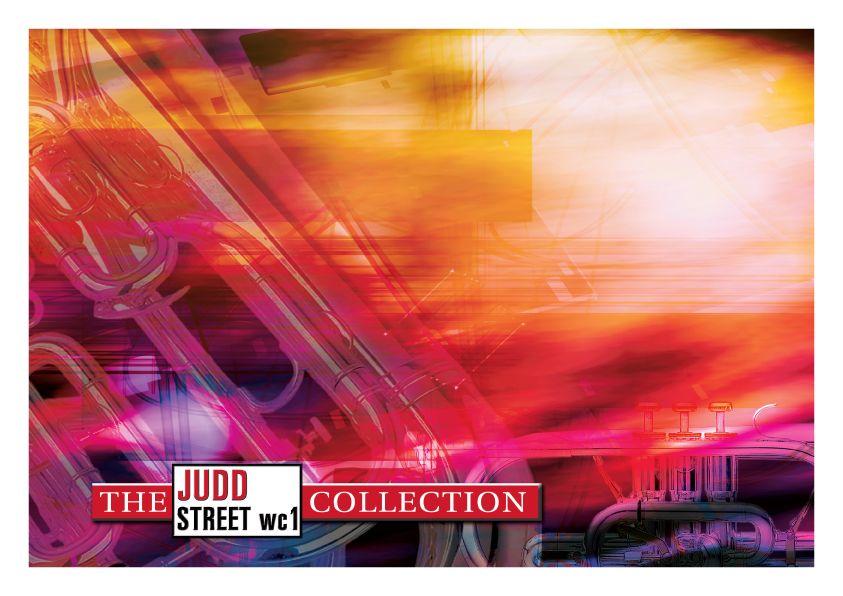 £24.95
£24.95Judd: I Vow to Thee my Country
This noble tune was originally part of the 'Jupiter' movement of 'The Planets' suite and now also appears as a hymn tune called 'Thaxted'.
Estimated dispatch 7-14 working days
-
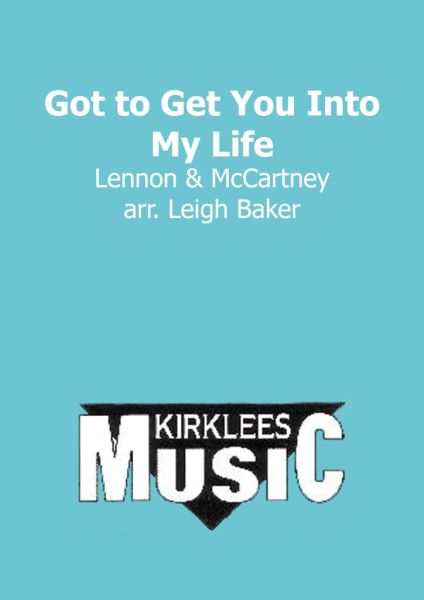 £27.95
£27.95Got to Get You Into My Life
Estimated dispatch 7-14 working days
-
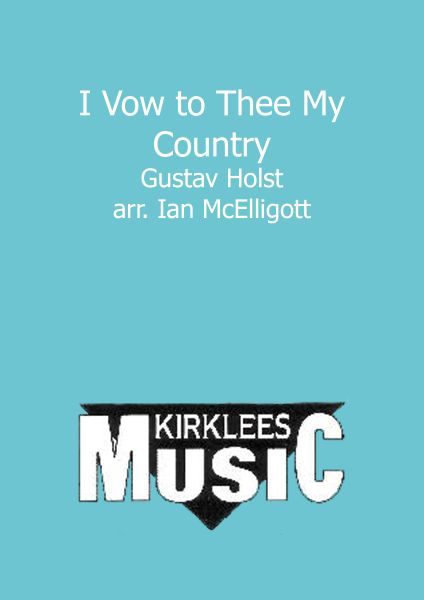 £21.50
£21.50I Vow To Thee My Country
Estimated dispatch 7-14 working days
-
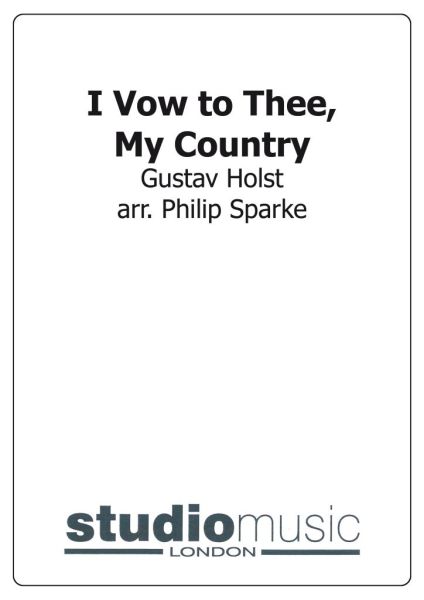 £37.95
£37.95I Vow to Thee, My Country
Estimated dispatch 7-14 working days
-
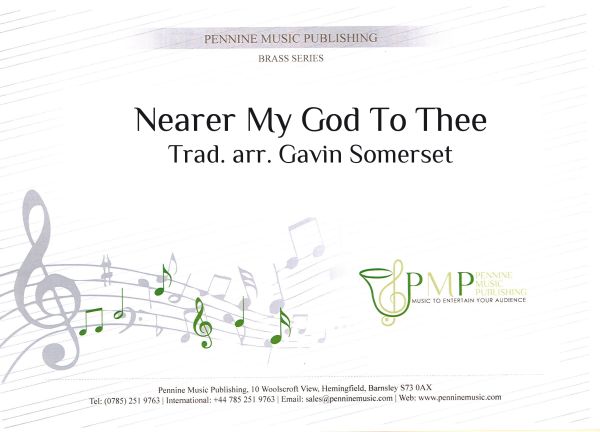 £17.50
£17.50Nearer My God to Thee
Estimated dispatch 7-14 working days
